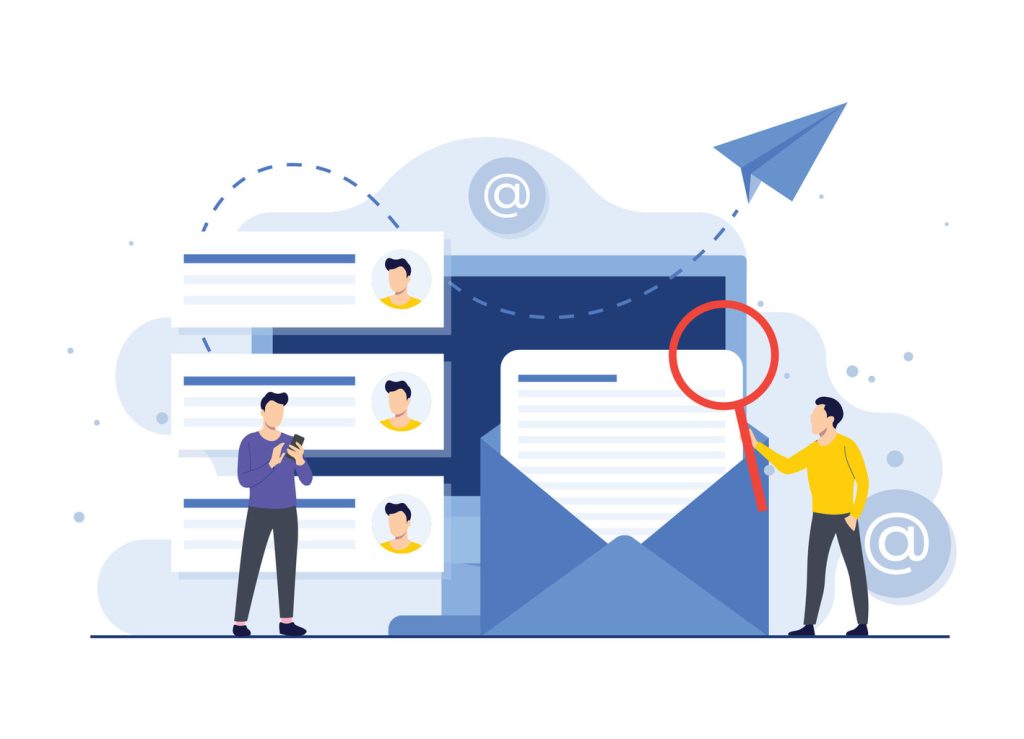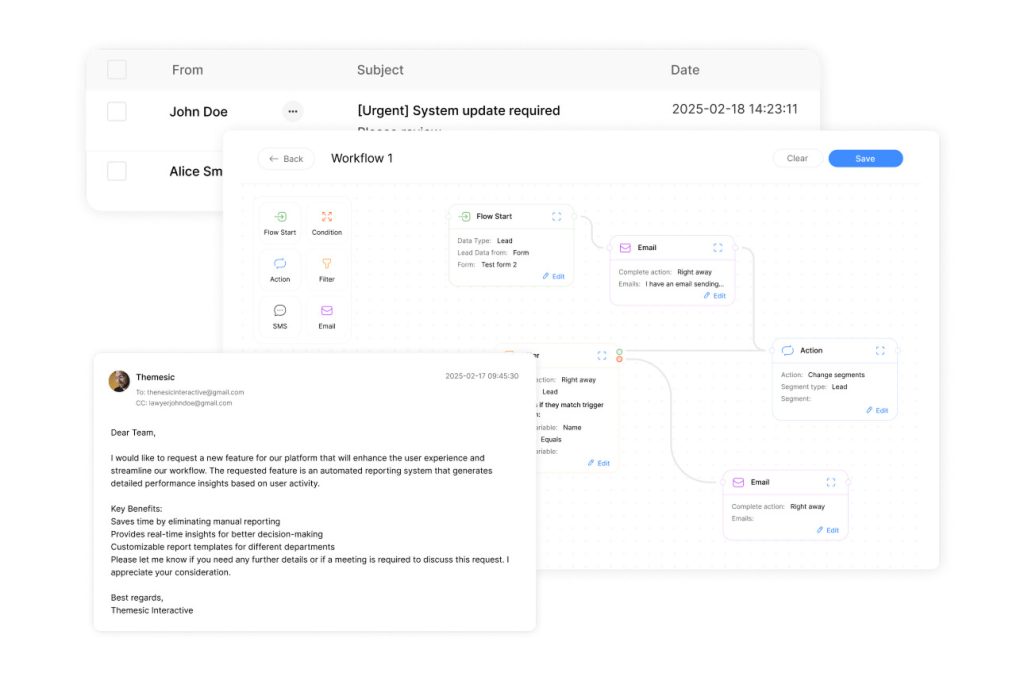Mastering Custom Outbound Email: A Step-by-Step Guide

Businesses now require advanced solutions to maintain brand integrity while scaling operations. Sophisticated messaging platforms help organizations establish credibility through consistent sender domains and optimized delivery frameworks. These systems move beyond basic setups, offering granular control over authentication protocols and technical configurations.
Strategic implementation begins with aligning technical infrastructure with outreach goals. Proper DNS configuration and SPF/DKIM records build recipient trust while avoiding spam filters. Integration with CRM tools ensures seamless workflows, allowing teams to focus on relationship-building rather than technical hurdles.
Key Takeaways
- Professional messaging platforms boost brand recognition through consistent domain alignment
- Domain authentication protocols directly impact deliverability rates and sender reputation
- Technical infrastructure planning prevents common delivery issues before campaigns launch
- CRM integration streamlines communication workflows for operational efficiency
- Campaign-specific configurations optimize performance without compromising security
Reliable delivery mechanisms separate effective outreach from wasted effort. By balancing default settings with tailored parameters, businesses achieve higher engagement rates. This approach transforms routine communication into a strategic asset that reinforces professional credibility at every touchpoint.
Introduction to Custom Outbound Email

Modern organizations leverage digital messaging as their primary relationship-building tool. Sophisticated platforms transform routine correspondence into strategic assets through precise audience targeting and performance analytics.
Understanding the Importance of Targeted Outreach
Effective communication systems drive 72% of customer acquisition strategies according to Martech 2024 research. These solutions enable teams to maintain brand consistency while scaling operations. Properly configured systems automatically align sender domains with campaign objectives, creating recognizable patterns that boost open rates.
| Aspect | Traditional Approach | Modern Solution |
|---|---|---|
| Deliverability | Generic server settings | Campaign-specific configurations |
| Personalization | Manual content adjustments | Dynamic templates with AI suggestions |
| Performance Tracking | Basic open-rate metrics | Real-time engagement dashboards |
Enancing Engagement Through Precision Tools
Advanced platforms offer granular control over timing and content delivery. Marketing teams using these smart systems report 40% faster response times according to Gartner benchmarks. Automated workflows handle routine messages while preserving human-like personalization.
Three critical features separate leading solutions:
- Multi-channel response tracking across devices
- Automatic domain authentication protocols
- Intelligent bounce management systems
Setting Up Default Outbound Email
Effective outreach begins with properly configured default settings that ensure consistent delivery. Organizations must balance ease of use with technical precision when establishing their core messaging infrastructure.
Configuring Gmail for Seamless Delivery
Businesses using Gmail benefit from Google’s secure authentication framework. The process involves selecting Gmail in the provider dropdown and completing Google’s verification steps. This streamlined approach maintains security while reducing setup time.
Leveraging Specialized Email Providers
For organizations requiring advanced control, custom providers offer detailed SMTP configuration. Essential fields include server addresses, port numbers, and authentication credentials. These settings enable tailored solutions for unique compliance needs.
| Configuration Aspect | Gmail Setup | Specialized Provider |
|---|---|---|
| Authentication | Google OAuth integration | Manual credential input |
| Server Details | Auto-configured | Custom SMTP/Port entry |
| Security Protocols | Standard encryption | Configurable options |
Tailoring Campaign-Specific Parameters
Marketing teams can assign unique addresses to individual campaigns through dropdown selections. This flexibility allows personalized messaging while maintaining central oversight. Changes to active configurations take effect immediately, requiring careful review before implementation.
Critical best practices:
- Test new settings with small batches before full deployment
- Document port numbers and SMTP details for future reference
- Monitor delivery metrics after configuration changes
Implementing Custom Outbound Email Domains

Organizations elevate their communication strategy through dedicated domains that match their brand identity. This approach replaces generic sender addresses with professional alternatives like @team.brandname.com, creating immediate recognition.
DNS and Authentication Setup Essentials
Three critical DNS records form the foundation of domain authentication. Verification records confirm ownership, while DKIM configurations add cryptographic signatures to outgoing messages. DMARC policies provide additional security layers when implemented.
Technical teams must coordinate these elements within strict 72-hour windows after token generation. A typical setup includes:
- TXT record: _amazonses.yourdomain.com (verification)
- CNAME record: token._domainkey.yourdomain.com (DKIM)
- Optional TXT record: _dmarc.yourdomain.com (policy enforcement)
Strategic Domain Management Practices
Effective implementations use subdomains like support.brand.com or eu.brand.com for regional teams. This structure prevents conflicts across multiple departments while maintaining brand consistency.
Always test configurations in sandbox environments before full deployment. Successful verification requires precise record formatting and timely updates. Partnering with technical support ensures proper token application and error resolution.
Post-implementation reviews should confirm improved deliverability rates and reduced spam filtering. Organizations report 68% fewer authentication issues when following these protocols according to recent Email Security Alliance data.
Conclusion
Effective communication systems become strategic assets when technical infrastructure aligns with audience needs. Proper configuration ensures messages reach recipients while maintaining brand professionalism. Balanced default parameters create stable foundations, while specialized options enable precise campaign adjustments.
Organizations achieve optimal results through verified domain authentication and updated SMTP settings. Regular monitoring prevents deliverability issues before they impact operations. Teams that master these protocols report 63% faster response times according to recent engagement studies.
Three pillars support long-term success:
- Scalable architecture adapting to evolving business needs
- Automated authentication checks maintaining sender credibility
- Centralized dashboards tracking cross-channel performance
Future-focused strategies prioritize flexible solutions over rigid templates. This approach builds customer trust through consistent messaging while allowing quick adaptations to market changes. Technical precision paired with strategic planning transforms routine correspondence into competitive advantages.

